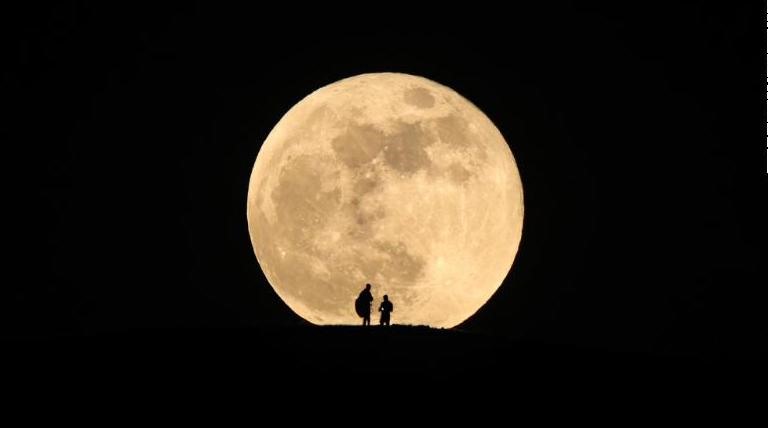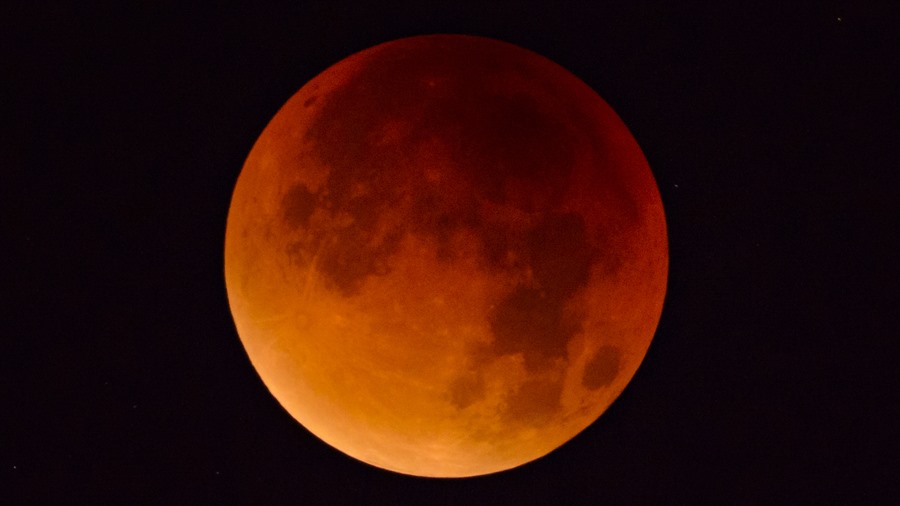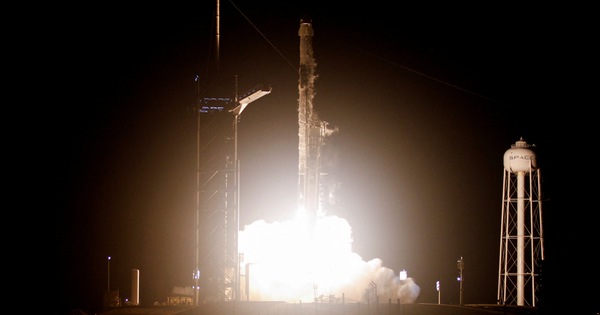Watch “Blood Moon” and total lunar eclipse tonight
The full moon on May 15, also known as the “Blood Moon”, coincides with total lunar eclipse the first of 2022.

Moon will glow red during this year’s first total lunar eclipse on the night of May 15, in stark contrast to the usual milky white of a full moon.
According to EarthSky, a partial lunar eclipse will begin at 10:27 p.m. ET on May 15, while a total lunar eclipse will begin at 11:29 p.m. ET. A partial lunar eclipse will end at 0:53 a.m. ET on May 16, and a total lunar eclipse will end at 1:55 a.m. ET on May 16.
According to NASAA lunar eclipse occurs when the Moon, Earth, and Sun are aligned, with the Moon passing through the Earth’s shadow.
As the full moon moves into the Earth’s shadow, it will darken, but will not disappear. Sunlight passing through Earth’s atmosphere dramatically illuminates the Moon, giving it a red color – which is why this is often called “Blood Moon“.

Noah Petro, head of NASA’s Geology, Geophysics, and Geochemistry Laboratory, said that not everyone will be able to see a total lunar eclipse during tonight’s appearance.
The total lunar eclipse will be visible over Europe, Africa, South America and North America (except for the Northwest regions) on May 15-16.
Another total lunar eclipse this year will appear over Asia, Australia, the Pacific, South America and North America on November 8. After that, there will be no more total lunar eclipses until March 2025, according to Petro.
It is completely safe to see a lunar eclipse with the naked eye. “The great thing about lunar eclipses is that you don’t need anything other than passion and excitement for the outdoors and a clear horizon,” said Petro.
For optimal viewing conditions, avoid glare and tall buildings that may obstruct the view. While the climax of a lunar eclipse may only last for a short period of time, the Moon’s tone will change throughout the night, according to Petro. These changes make this amazing natural phenomenon more enjoyable to watch during a lunar eclipse than at a particular time.
If it’s cloudy or with people who can’t see lunar eclipse Live broadcasts, such as in Vietnam, can be viewed live on NASA’s official Youtube channel.
at Blogtuan.info – Source: laodong.vn – Read the original article here



